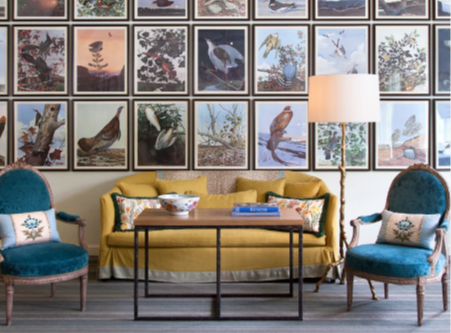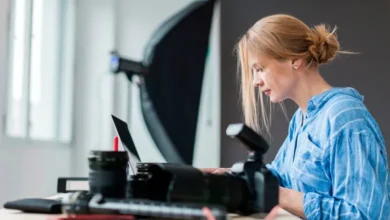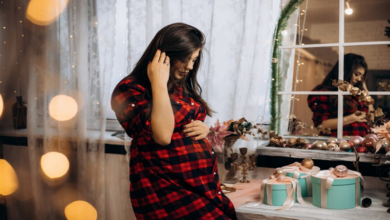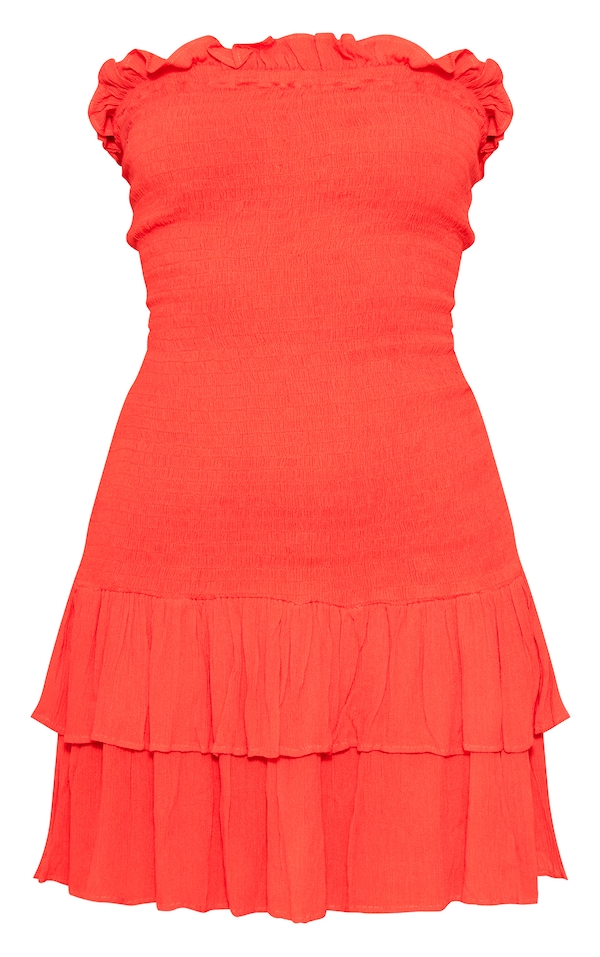Curate a Gallery Wall with Historical Portraits

In the world of home decor, creating a gallery wall is an effective way to showcase personal style and interests. A gallery wall featuring historical portraits is not only visually captivating but also rich in storytelling, connecting your space with the lives of influential figures from the past. Whether you’re a history enthusiast or someone who appreciates the artistic representation of iconic personalities, curating such a wall can be both a creative and fulfilling endeavor. Here’s how to go about it:
1. Selecting the Right Historical Figures
The first step in creating a gallery wall featuring historical portraits is deciding which figures you want to include. Consider your interests and the narrative you want your wall to tell. Do you admire the intellectual prowess of Renaissance thinkers, the leadership of influential monarchs, or the revolutionary spirit of political leaders? Choosing a theme, such as “Women in History,” “Leaders of the Renaissance,” or “Artists and Their Patrons,” can help guide your selection process.
For example, a wall that includes portraits of Elizabeth I, Napoleon Bonaparte, and George Washington might convey a theme of leadership and power. In contrast, a gallery featuring Frida Kahlo, Vincent van Gogh, and Leonardo da Vinci might focus on artistic genius and innovation.
2. Finding High-Quality Prints or Reproductions
Once you’ve selected the historical figures you want to feature, the next step is to find high-quality prints or reproductions of their portraits. Depending on your budget and aesthetic preferences, you can opt for:
- Art Prints: Affordable and widely available, art prints are a great way to add historical portraits to your collection without breaking the bank.
- Canvas Reproductions: For a more authentic feel, consider canvas reproductions that mimic the texture and depth of original paintings.
- Vintage Posters: If you’re going for a more eclectic or bohemian look, vintage posters or even old bookplates can be a unique choice.
- Original Artwork: For those with a larger budget, investing in original artwork or limited-edition prints can add significant value and uniqueness to your gallery wall.
When sourcing these items, ensure the quality of the prints is high, with accurate color reproduction and sharp details, to maintain the integrity of the historical portraits.
3. Choosing the Right Frames
Frames are an integral part of your gallery wall, as they can significantly influence the overall aesthetic. When choosing frames for historical portraits, consider the following:
- Consistency: For a cohesive look, choose frames that are consistent in style, color, or material. Ornate, gilded frames might complement portraits from the Renaissance or Baroque periods, while sleek, minimalist frames can work well for a modern take on historical art.
- Mixing Styles: Alternatively, mixing different styles of frames can create an eclectic and visually interesting wall. For example, combining vintage wooden frames with contemporary metal ones can add depth and texture to your display.
- Matting: Adding matting to your frames can give the portraits a more polished and professional look. Choose a mat color that complements both the artwork and your overall room decor.
4. Planning the Layout
The layout of your gallery wall is crucial to achieving the desired visual impact. Here are some tips for planning your layout:
- Symmetrical vs. Asymmetrical: Decide whether you want a symmetrical arrangement, where each piece is evenly spaced and aligned, or an asymmetrical one, where the portraits are arranged in a more freeform, organic way. Symmetrical layouts tend to feel more formal and traditional, while asymmetrical ones can appear more dynamic and contemporary.
- Anchor Piece: Start by selecting an anchor piece—usually the largest or most significant portrait—and place it at eye level. Build the rest of your gallery around this central piece, balancing the sizes and shapes of the surrounding portraits.
- Spacing: Maintain consistent spacing between the frames to create a sense of harmony. Typically, 2-3 inches between frames works well, but you can adjust based on the size of the prints and the wall area you’re working with.
- Mock-Up: Before hanging, consider creating a mock-up of your gallery wall by laying the frames on the floor or using paper templates taped to the wall. This allows you to experiment with different arrangements without committing to nail holes.
5. Incorporating Other Decorative Elements
To add depth and interest to your gallery wall, consider incorporating other decorative elements alongside the historical portraits:
- Sculptures and Busts: Small busts or sculptures of historical figures can complement the portraits and add a three-dimensional aspect to your display.
- Antique Mirrors: Mirrors can help break up the visual space and add light to the room, while also tying into the historical theme.
- Textual Art: Incorporate quotes or famous sayings from the historical figures depicted, either as standalone prints or integrated into the artwork.
- Period Artifacts: If you have access to small period artifacts, such as antique books, coins, or personal items related to the figures, consider placing them on nearby shelves or furniture to enhance the historical atmosphere.
- Read more: Eva Marcille Twin Sister
6. Lighting Your Gallery Wall
Proper lighting can make all the difference in showcasing your gallery wall. Here are a few lighting options to consider:
- Picture Lights: Install picture lights above each portrait to highlight the details and colors. This is particularly effective for creating a museum-like feel.
- Track Lighting: Track lighting allows you to direct light exactly where you want it, making it a versatile option for larger walls.
- Wall Sconces: For a more traditional look, consider placing wall sconces on either side of the gallery. This can add warmth and a historical ambiance to the room.
7. Telling a Story with Your Gallery Wall
Ultimately, a gallery wall should do more than just decorate your space—it should tell a story. Arrange your historical portraits in a way that conveys a narrative or highlights connections between the figures. For instance, you might group portraits of contemporaries together or place a mentor and their protégé side by side.
Consider adding informational plaques or labels beneath each portrait, offering context and insights into the lives of the figures depicted. This not only educates viewers but also deepens the connection between the art and its historical significance.
Conclusion
Creating a gallery wall with historical portraits is a rewarding project that combines art, history, and personal expression. By carefully selecting your figures, choosing the right prints and frames, and thoughtfully arranging the pieces, you can craft a stunning visual narrative that resonates with both you and your guests. Whether you’re aiming for a classic, modern, or eclectic look, your gallery wall can serve as a unique testament to the enduring influence of history in the present day.




